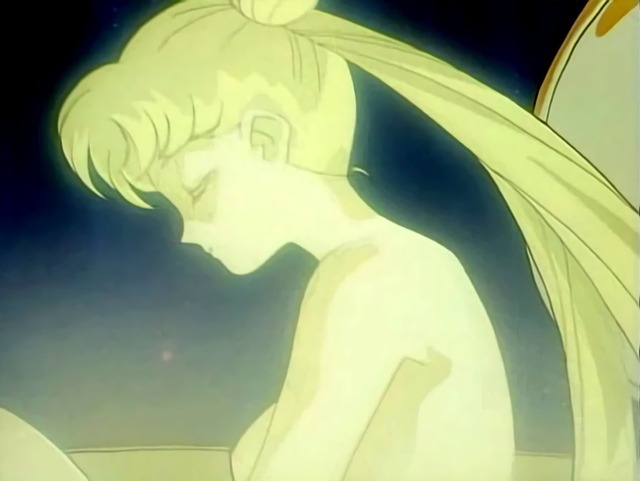
We admire its heavily stylized approach-exaggerated camera angles, tension-crafting mise-en-scène, flashbacks, deep focus and trademark shadows-but also its neo-realist and documentary-like experiments. We think of a never-ending, rain-soaked night-sunlight replaced with neon and nocturnal reflections, the optical trickery of mirrors and shadows-but in contrast, the days of noir scorched its characters.

and N.Y.C.-set saga, there’s a small, heartland tragedy. We think of noirs as urban stories, but that’s not always the case-for every L.A. See, noir didn’t play by any rules, not really. International directors like Fritz Lang, Michael Curtiz, and Robert Siodmak, who’d honed the dramatic visuals of German Expressionism, fled their war-torn homes for the plentiful opportunities in Tinseltown.īut things get complicated here, and fast. The men-including the screenwriters-had gone off to fight, and as the women stepped up, into the public sector and newfound independence, studio chiefs turned to the fast-and-cheap pulp mysteries of Raymond Chandler, Dashiell Hammett, and James M. Noir was nothing if not a reaction, a reflection of a nation reeling from despicable evil overseas and revolutionary upheaval on the domestic front. Is it a genre? A subgenre? A movement? A trend? A commentary? A style? For the purposes of this introduction, let’s call it a response.

Since its coining in 1946 by French critic Nino Frank, who observed from afar something dark, quite literally, going on at the American cinema, the term “film noir” has been debated and debated and debated some more.


 0 kommentar(er)
0 kommentar(er)
